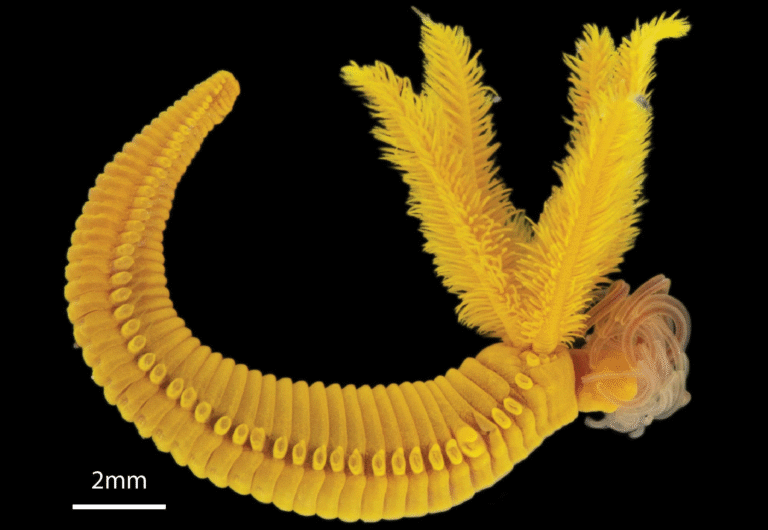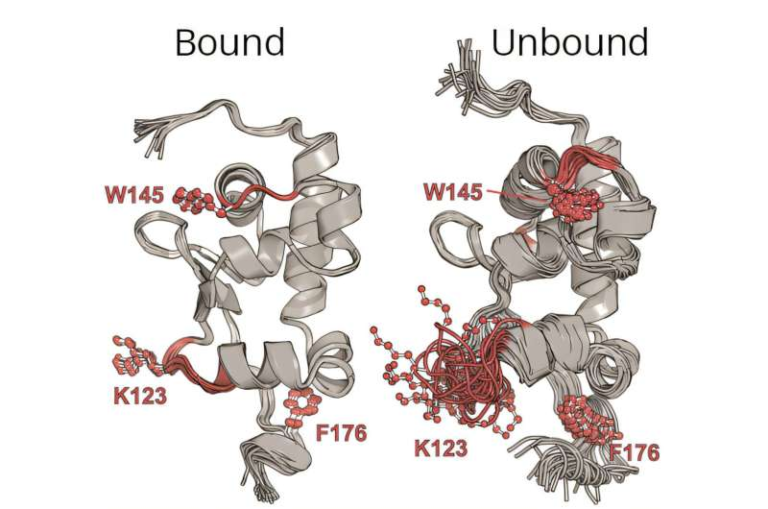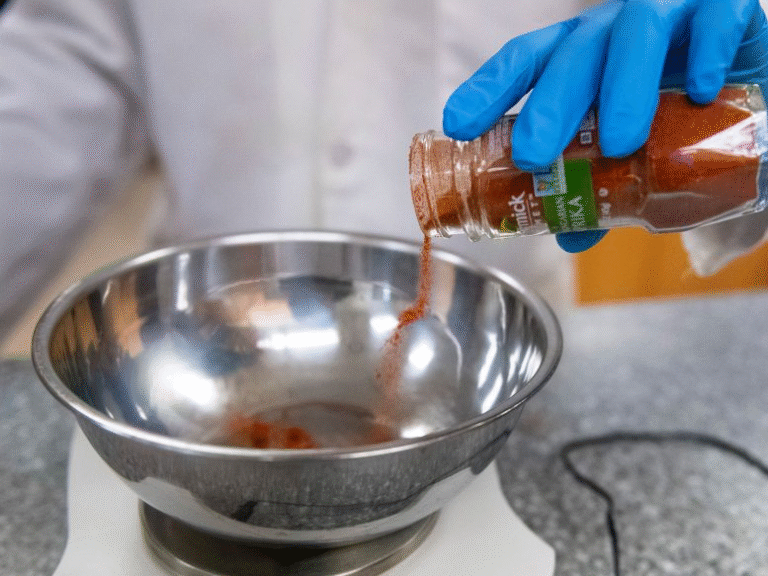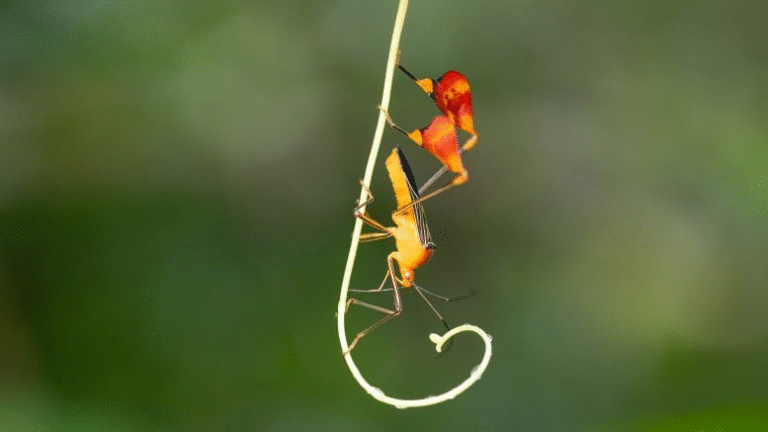The Ocean’s Most Abundant Microbe Could Struggle to Survive Global Warming
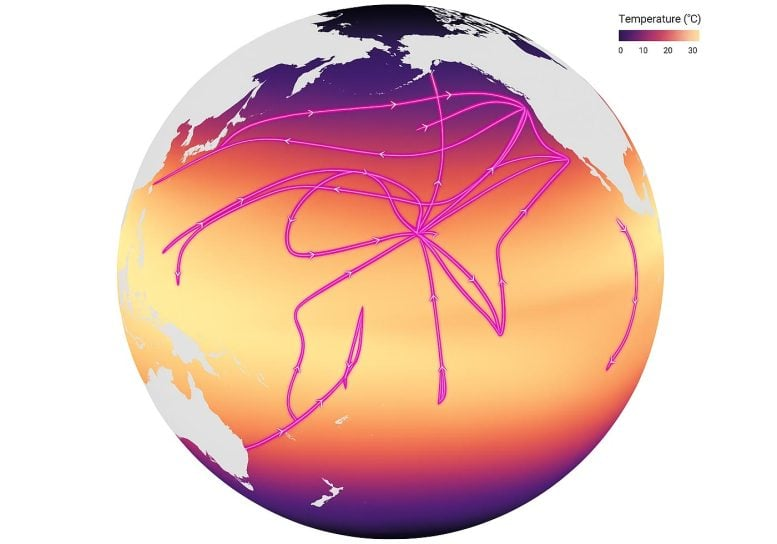
When most people think about climate change and the ocean, they imagine coral bleaching, melting ice, or rising sea levels. But there’s another, less visible story unfolding — one that involves Prochlorococcus, the smallest photosynthetic organism on Earth and also the most abundant.
Despite being microscopic, this single-celled cyanobacterium is a cornerstone of marine ecosystems. And now, new research warns that it may not be as resilient to warming seas as scientists once thought.
Why Prochlorococcus Matters
Prochlorococcus belongs to a group of microorganisms called cyanobacteria, often referred to as blue-green algae. It thrives in the sunlit layers of the ocean, particularly in tropical and subtropical regions. What makes it remarkable is not its size (just 500 nanometers across, far smaller than the width of a human hair), but its abundance and role.
- It accounts for about 5% of all photosynthesis on Earth.
- It dominates over 75% of the sunlit surface ocean, making it the single most common photosynthetic organism in the seas.
- It forms the base of the marine food web, supporting everything from small zooplankton to massive whales.
Without Prochlorococcus, the ocean’s productivity would look very different. Its ability to survive in nutrient-poor waters has made it an essential player in the global carbon cycle and a quiet powerhouse behind life in the sea.

The New Study
A team led by François Ribalet at the University of Washington, along with collaborators from MIT and UC Davis, published a study on September 8, 2025, in Nature Microbiology. Their focus was simple but critical: How does Prochlorococcus respond to warming ocean temperatures?
For decades, researchers assumed that Prochlorococcus would handle climate change relatively well. After all, it already thrives in the warm, nutrient-poor tropical waters where other organisms often struggle. But field data gathered over 10 years revealed a different picture.
Massive Data Collection at Sea
To understand these microbes in their natural environment, Ribalet and his team embarked on nearly 100 ocean research cruises across the globe, especially in the tropical Pacific. Using a specialized instrument called SeaFlow, a continuous flow cytometer mounted on ships, they measured Prochlorococcus abundance in real time.
SeaFlow worked by pulling in seawater, firing a laser through it, and measuring the fluorescence and size of each passing cell. This method allowed the researchers to track billions of cells without disturbing them. Across 150,000 miles of ocean travel, they logged data on roughly 800 billion Prochlorococcus-sized cells.
This enormous dataset became the foundation for a detailed statistical model that captured how the microbes grow and divide under different environmental conditions.
Temperature: The Key Limiting Factor
The study tested several possible explanations for differences in Prochlorococcus growth across latitudes: nutrients, sunlight, and temperature. Nutrients and light were ruled out as primary drivers. Temperature turned out to be the decisive factor.
- The microbes grow best in waters between 18°C and 28°C (66°F to 84°F).
- Beyond 28°C (82–84°F), growth rates start to decline.
- At around 30°C (86°F) and above, growth slows dramatically, falling to about one-third of what it is at the cooler end of the range.
This means that while Prochlorococcus thrives in warm waters, it actually has a narrow thermal tolerance. It is far more heat-sensitive than previously assumed.
Climate Projections: What the Future Holds
Using global climate models, the researchers projected what would happen under different warming scenarios. The results are sobering:
- In moderate warming scenarios, Prochlorococcus productivity in tropical regions could decline by 17%, with a 10% drop globally.
- In high warming scenarios, the losses climb to 51% in the tropics and around 37% worldwide.
The study also found that as tropical waters become too hot, Prochlorococcus may shift poleward, expanding its range north and south into cooler waters. However, this redistribution won’t necessarily make up for the losses in productivity where they are currently most abundant.
Genetic Trade-Offs and Evolutionary Constraints
Prochlorococcus evolved over millions of years to survive in nutrient-poor tropical seas by streamlining its genome. It shed unnecessary genes, focusing only on those essential for survival in low-nutrient, sunlit waters. This strategy made it incredibly efficient, but also left it vulnerable to change.
Unlike other microbes that have stress-response genes, Prochlorococcus lacks many of the genetic tools needed to handle heat stress. In simple terms, it traded flexibility for efficiency. Now, with climate change pushing temperatures beyond its comfort zone, that trade-off may come at a cost.
Could Other Microbes Take Over?
If Prochlorococcus populations shrink, what happens to the food web? Another cyanobacterium, Synechococcus, may step in. Synechococcus is larger and has a less streamlined genome, which allows it to tolerate warmer waters.
But there’s a catch: Synechococcus requires more nutrients than Prochlorococcus. While it might survive in hotter waters, it may not support marine ecosystems in the same way. The shift could alter how energy flows through the ocean’s food chains, with unpredictable effects on biodiversity and fisheries.
Broader Ecological Consequences
The implications go beyond microbes. A decline in Prochlorococcus means:
- Less primary production in tropical and subtropical waters.
- Reduced carbon supply for higher levels of the food chain, including fish populations that humans rely on.
- Potential impacts on global carbon cycling, since Prochlorococcus plays a role in absorbing and locking away atmospheric carbon.
The cascading effects could reshape entire marine ecosystems over the next century.
Limitations of the Study
As thorough as the research is, the authors note some caveats:
- Their dataset, though massive, does not cover every ocean region.
- It is possible that rare, heat-tolerant strains of Prochlorococcus exist that weren’t captured in their sampling.
- Climate models, while sophisticated, don’t account for every ecological factor — such as acidification, oxygen depletion, or plastic pollution — that might make survival harder.
Still, the evidence strongly suggests that Prochlorococcus is far more sensitive to rising temperatures than once believed.
A Quick Primer: What Makes Cyanobacteria Special
Since this study focuses on cyanobacteria, it’s worth pausing to appreciate their importance.
- Ancient origins: Cyanobacteria are among the oldest life forms on Earth, dating back more than 2.5 billion years. They were the first organisms to perform oxygenic photosynthesis, essentially giving our planet its oxygen-rich atmosphere.
- Global presence: They’re found in oceans, freshwater, and even soil. While Prochlorococcus is marine-specific, other cyanobacteria are more versatile.
- Ecosystem engineers: By producing oxygen and fixing carbon, cyanobacteria have shaped the Earth’s climate and ecosystems for billions of years.
Understanding their limits under climate change isn’t just about marine food webs — it’s about the resilience of Earth’s biosphere.
Why This Research Matters
The takeaway from this study is clear: even organisms that seem perfectly adapted to the tropics have surprising vulnerabilities. Prochlorococcus may not disappear entirely, but its shifting range and declining productivity could have ripple effects across the ocean and the planet.
The ocean is a system of connections. What happens at the microbial level ultimately affects the largest marine animals, the fisheries people depend on, and the global balance of carbon in the atmosphere. This study is a reminder that climate change doesn’t just threaten visible ecosystems like coral reefs, but also the hidden foundations of life in the ocean.
Reference
Future ocean warming may cause large reductions in Prochlorococcus biomass and productivity — Nature Microbiology, September 8, 2025.
DOI: 10.1038/s41564-025-02106-4
